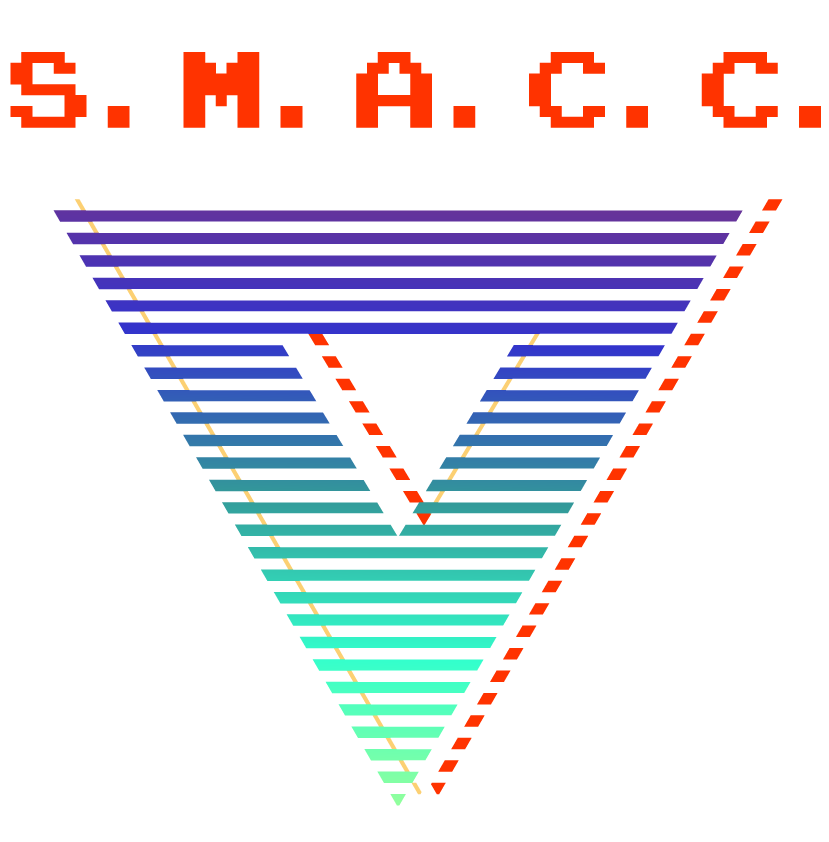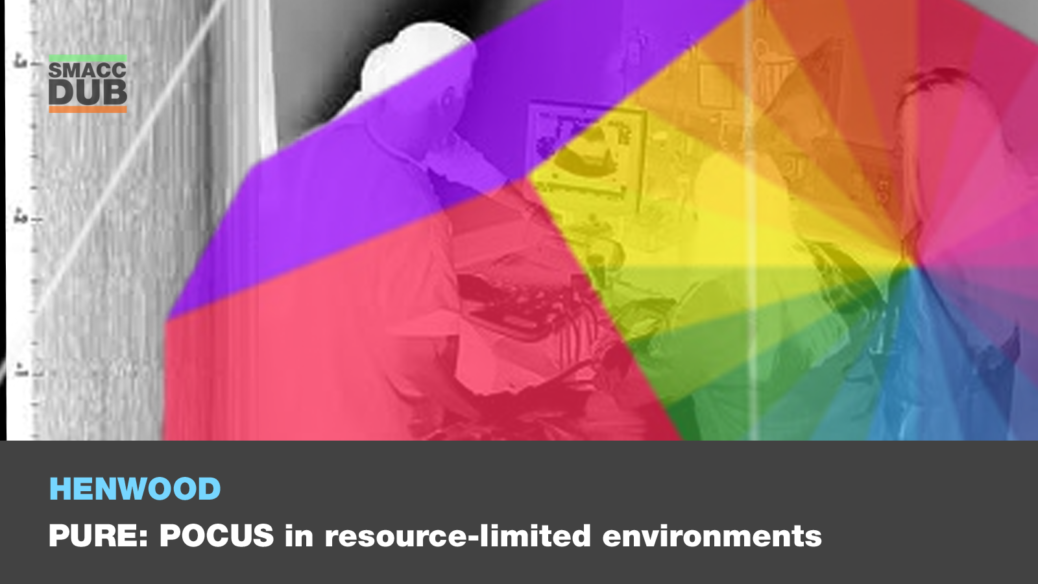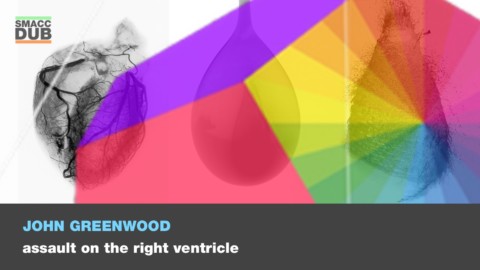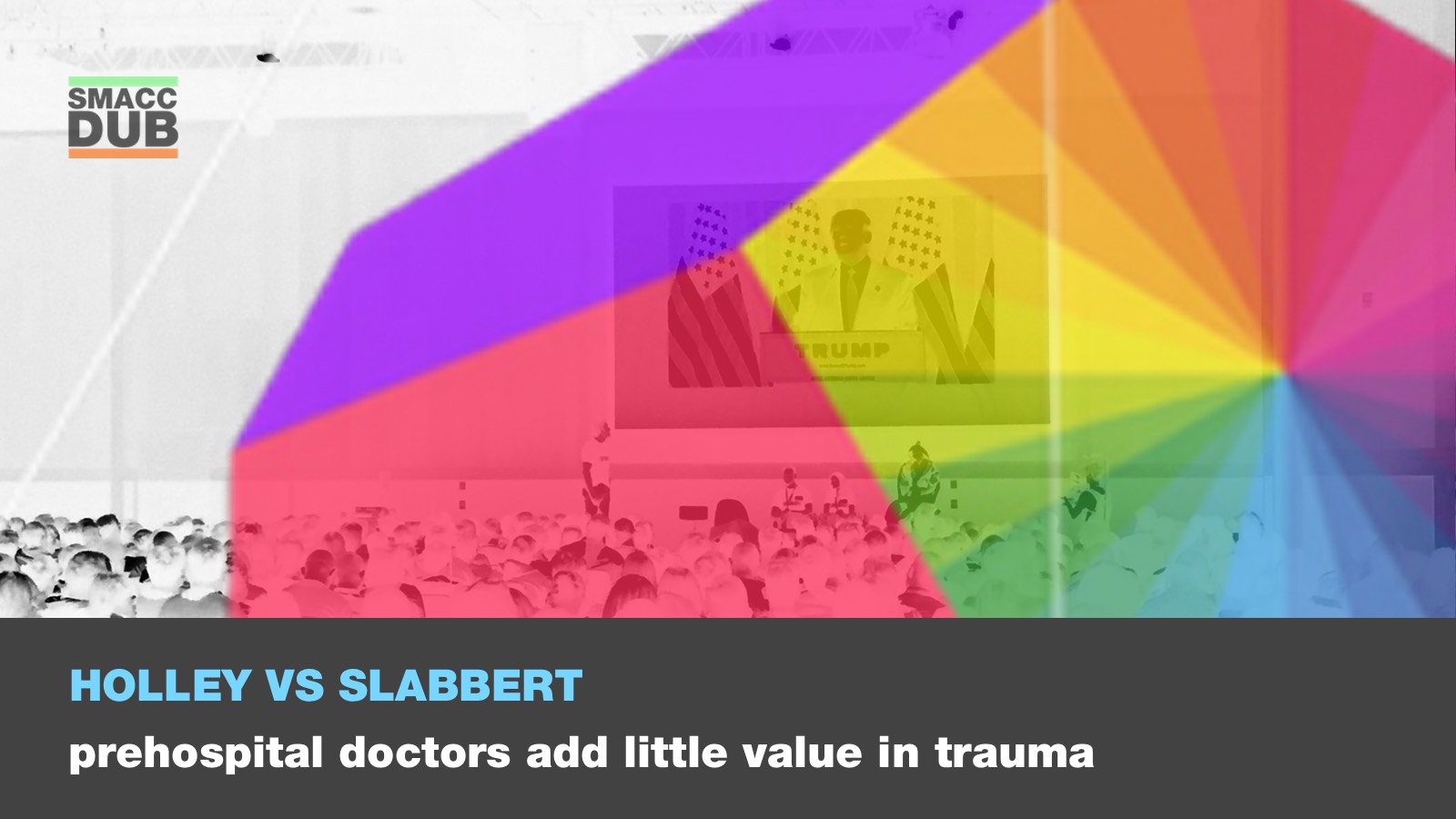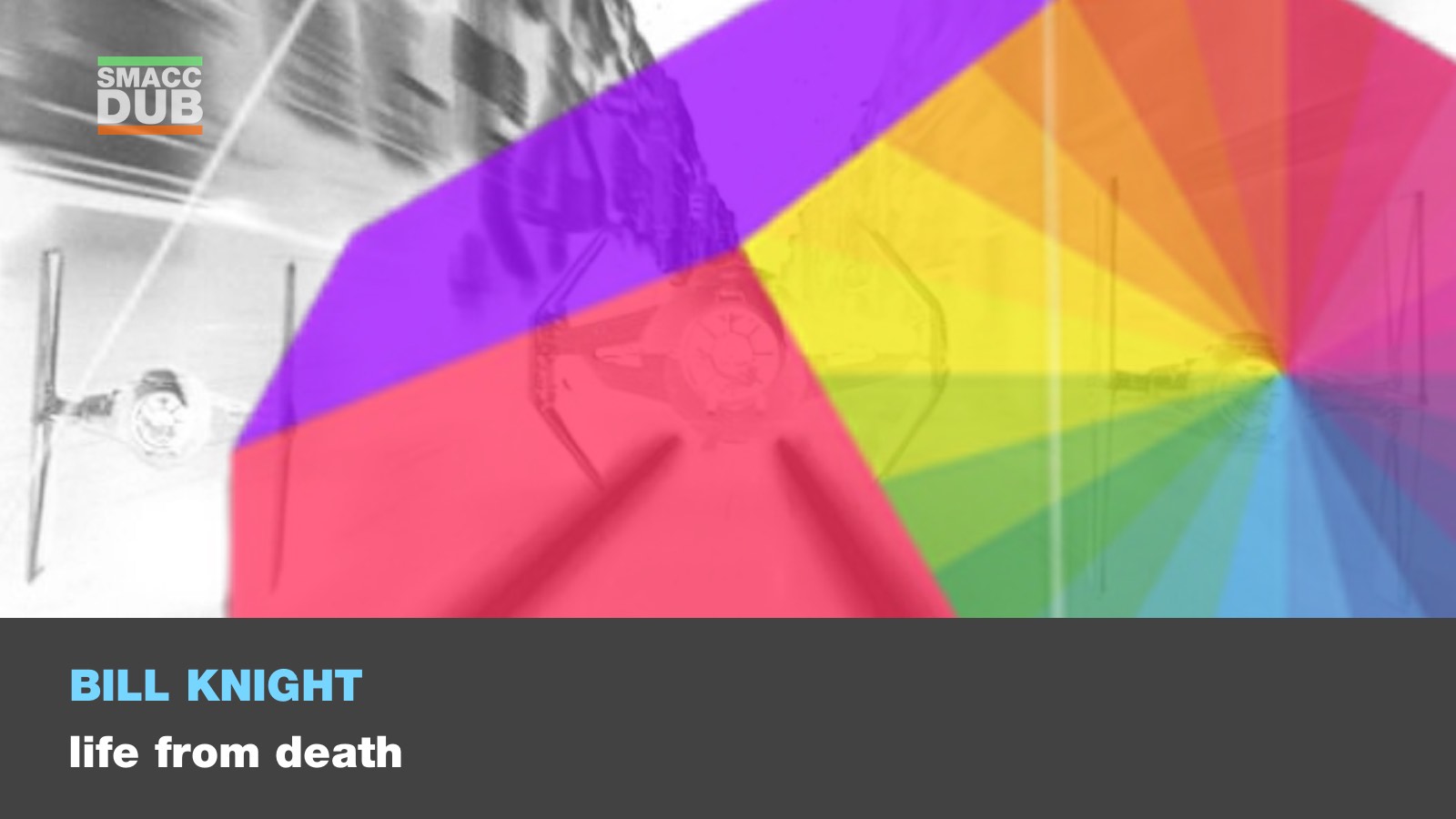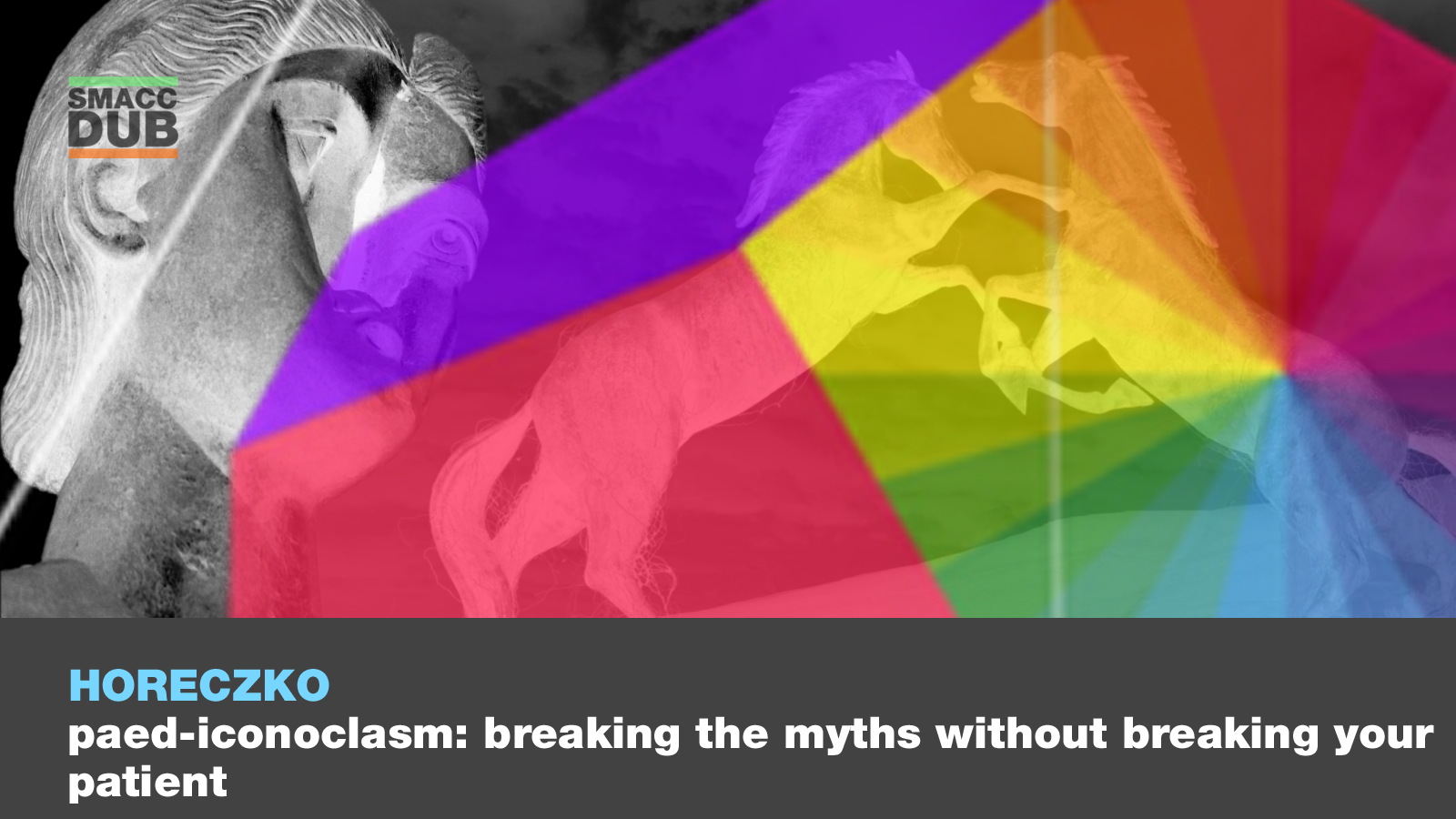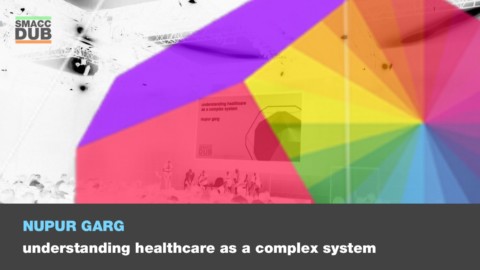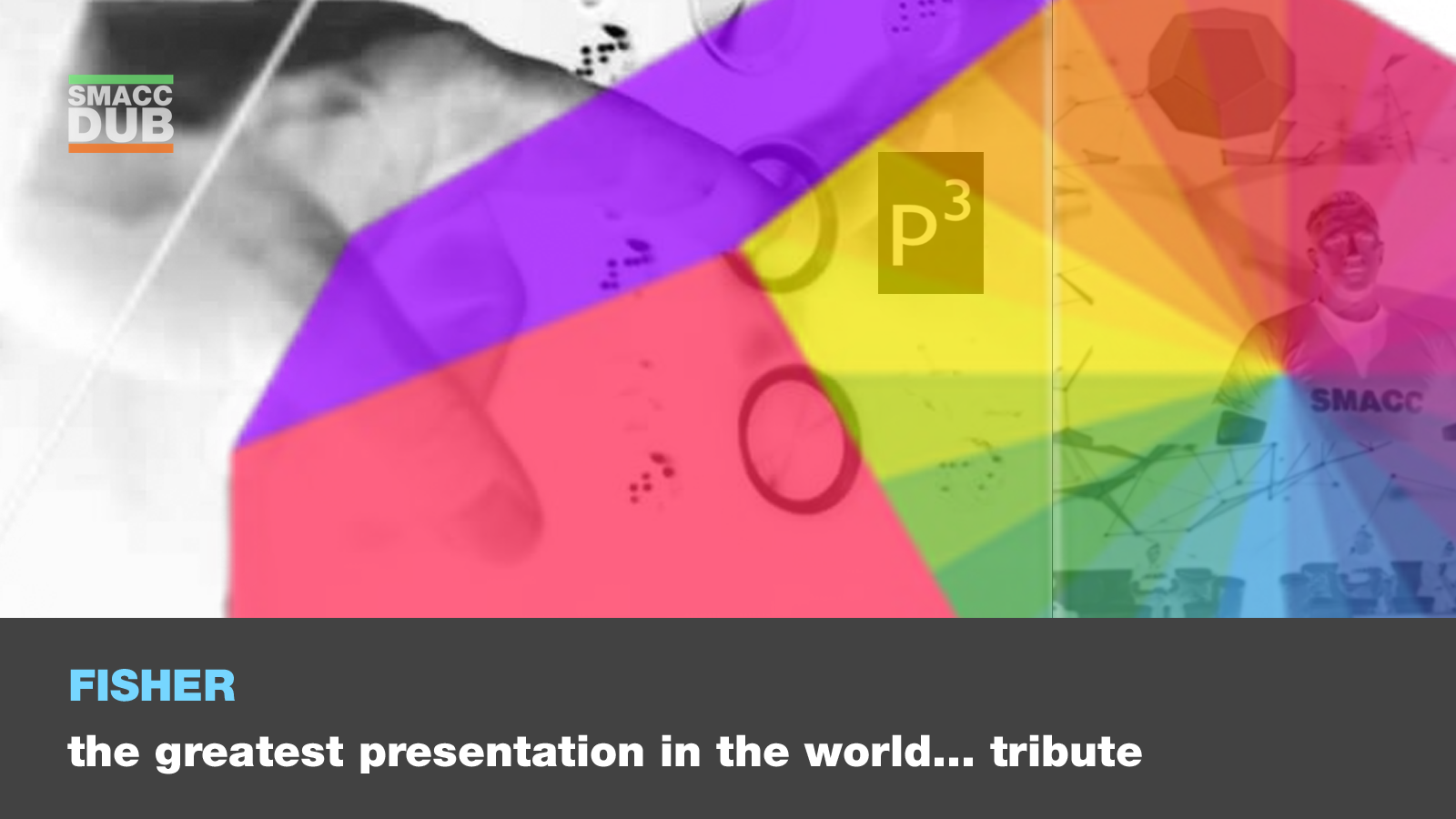The World Health Organization notes that 80-90% of all diagnostic problems could potentially be solved by basic radiograph (x-ray) and ultrasound (US) examinations; however, the problem is that two-thirds of the world’s population currently has no access to imaging technologies (1).
From refugee camps in Greece, to rural clinics in Australia, to Everest Base Camp, point-of-care ultrasound is one of the most powerful diagnostic and procedural tools in any austere clinical setting. This transformative technology allows front line providers who have direct responsibility for patient care to rule in or rule out diagnoses rapidly, and to ensure safety in performing procedures with real-time image guidance. For example, POCUS training just allowed a midwife to identify a massive amount of free intra-abdominal fluid in the 30 year-old Ugandan mother presenting to gynecology clinic with her third pregnancy and new abdominal pain. She notified the surgeon of her concern for a ruptured ectopic pregnancy and the patient was immediately taken to the operating theatre, and she survived. She related that before her ultrasound training, her practice of sending this patient to town for an ultrasound evaluation by the only radiologist in the district would have delayed definitive care, and may have resulted in death.
When I worked in an Ebola treatment unit one of my favorite patients who had been doing well suddenly spiked a fever to 40 degrees Celsius. His abdomen became rigid and I had no idea why. In a setting where no other imaging was possible, POCUS allowed me to see that there was an unexpected issue with his bowels. That knowledge led me to start him on antibiotics, and adjust care plans after I found similar in several other patients.
Ultrasound machines have become increasingly portable, user-friendly, and less expensive over the last decade. This is resulting in a growing presence in otherwise austere environments. POCUS trained clinicians can afford imaging capacity to health facilities that may have very limited on-site diagnostics. There is no ionizing radiation, nothing invasive, and it is cost-efficient (2,3). Human resources are consolidated; the clinician is the diagnostician. POCUS provides the potential to quickly narrow differential diagnoses by facilitating a look inside the body during the patient encounter, and research studies support its use to solve information gaps in resource-limited settings (4-10). Moreover, the potential for this digital technology to be shared – and to leverage global expertise and consultation – increases the range of application beyond one individual’s knowledge base.
References
1. World Health Organization Medical Devices: Managing the Mismatch, 2010. Accessed March 20, 2016. Available at:
http://apps.who.int/iris/bitstream/10665/44407/1/9789241564045_eng.pdf
2. Mercaldi CJ, Lanes SF. Ultrasound guidance decreases complications and improves the cost of care among patients undergoing thoracentesis and paracentesis. Chest 2013;143(2):532–8.
3. Adhikari S, Amini R, Stolz L, Blaivas M. Impact of point-of-care ultrasound on quality of care in clinical practice. Reports in Medical Imaging 2014; 7: 81-93.
4. Sippel S, Muruganandan K et al. Review article: use of ultrasound in the
developing world. International Journal of Emergency Medicine 2011; 4:72
5. Henwood PC, Beversluis D et al. Characterizing the limited use of point-of-care
ultrasound in Colombian emergency medicine residencies. International Journal
of Emergency Medicine 2014; 7:7
6. Deng D, Mingsong L et al. Ultrasonographic applications after mass casualty
incident caused by Wenchuan earthquake. Journal of Trauma 2010; 68: 1417-20
7. Fagenholz P, Gutman JA et al. Chest ultrasonography for the diagnosis and monitoring of high-altitude pulmonary edema. Chest 2007;131(4):1013-8
8. Shah SP, Epino H et al. Impact of the introduction of ultrasound services in a
limited resource setting: rural Rwanda 2008. BMC International Health and
Human Rights 2009; 9:4
9. Kotlyar S, Moore CL: Assessing the utility of ultrasound in Liberia. J Emerg
Trauma Shock 2008; 1(1): 10-14
10. Stein W, Katunda I, Butoto C: A two-level ultrasonographic service in a
maternity care unit of a rural district hospital in Tanzania. Trop Doct
2008; 38(2): 125-6
